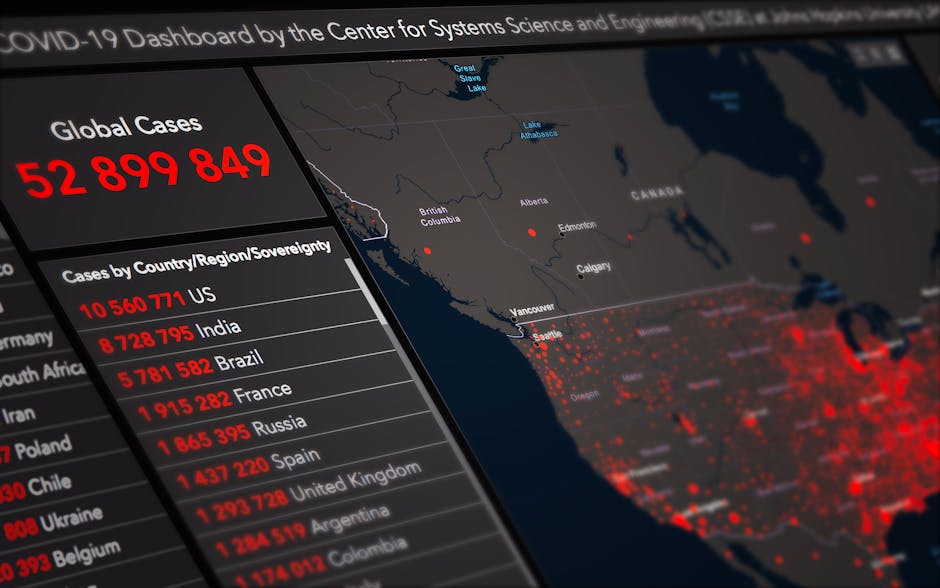Enhancing Contract Upgrades: State Management Essentials
In the realm of contract upgrades, effective state management is paramount for ensuring the seamless evolution of software systems.
With the ever-changing landscape of technology, it becomes imperative to delve into the essentials of state management to enhance contract upgrades.
By exploring best practises, data migration, version control strategies, testing and validation methods, as well as rollback and recovery procedures, organisations can mitigate risks and bolster the efficacy of their upgrade processes.
These state management essentials serve as the bedrock for a robust and resilient upgrade framework, safeguarding against potential pitfalls and ensuring the continued functionality and integrity of the contract ecosystem.
Key Takeaways
- State management is crucial for enhancing contract upgrades.
- Thorough testing and validation processes are essential for successful upgrades.
- Clear data mappings and robust data validation processes are necessary for handling data migration.
- Version control strategies aid in preserving the state of the application and identifying and rectifying issues post-upgrade.
Importance of State Management

Understanding the importance of state management is essential for maintaining the integrity and efficiency of an application’s data and user interface. State preservation is crucial for ensuring that the current state of the application is retained, allowing users to seamlessly transition between different views or tasks without losing their progress. This not only enhances data integrity but also contributes to a smoother user experience.
Performance optimisation is another key aspect of state management. By efficiently managing the state of an application, it is possible to minimise unnecessary re-renders and data fetches, resulting in improved performance. This directly impacts the user experience, as faster load times and smoother interactions contribute to a more satisfying and efficient application usage.
Best Practises for Upgrades

To ensure smooth and efficient upgrades, it is essential to follow best practises that prioritise minimal disruption and seamless transitions within the application’s state management system.
When it comes to data consistency during upgrades, it is crucial to implement strategies that maintain the integrity and coherence of the data across the entire application. This involves thorough testing and validation processes to ensure that the upgraded system continues to operate with accurate and reliable data.
Error handling is another critical aspect of upgrades. Implementing robust error handling mechanisms helps in identifying and resolving issues that may arise during the upgrade process. This ensures that the application remains stable and resilient even when encountering unexpected errors.
Performance optimisation should also be a key consideration during upgrades. By fine-tuning the state management system for improved efficiency, the application can deliver a seamless user experience even after upgrades.
Lastly, integrating security measures into the upgrade process is paramount. Upgrades should not compromise the security of the application, and measures such as encryption, access controls, and secure coding practises should be upheld throughout the upgrade process.
Handling Data Migration

When considering data migration within the context of state management, it is crucial to assess the scope and impact of the data transfer process on the application’s overall functionality and performance.
Data mapping plays a critical role in this process, ensuring that data from the legacy system is correctly integrated into the upgraded system. Legacy system integration is a key aspect of data migration, requiring careful planning and execution to prevent data loss or corruption. It involves understanding the structure and format of data in the legacy system and mapping it to the new system’s architecture.
-
Data Mapping: Establish clear mappings between the data fields in the legacy system and the corresponding fields in the upgraded system to ensure accurate data migration.
-
Legacy System Integration: Seamlessly integrate the data from the legacy system into the upgraded system, taking into account any differences in data formats or structures.
-
Data Validation: Implement robust data validation processes to verify the accuracy and integrity of the migrated data, ensuring it meets the requirements of the upgraded system.
Version Control Strategies

Given the critical role of maintaining data integrity during data migration and integration, implementing effective version control strategies is imperative for ensuring the stability and reliability of the upgraded system.
State management, which involves preserving the state of an application at a given point in time, is crucial for seamless upgrades.
One of the key aspects of version control is ensuring backward compatibility, which enables the system to function with older versions of the data or interfaces. This not only provides flexibility but also allows for a smooth transition during upgrades.
Version control also plays a vital role in tracking changes and maintaining a clear history of modifications, thereby aiding in identifying and rectifying any issues that may arise post-upgrade.
Additionally, it facilitates collaboration amongst multiple team members by providing a controlled environment for making and incorporating changes.
Testing and Validation Methods

Ensuring the reliability and effectiveness of system upgrades, testing and validation methods play a crucial role in verifying the functionality and performance of the upgraded system components. Integration testing is essential for assessing the interactions between different modules and ensuring that they work seamlessly together. This type of testing helps identify any issues that may arise due to the integration of various components, making it a critical step in the validation process.
Validation frameworks provide a structured approach to validating the behaviour of the upgraded system against specified requirements. By utilising validation frameworks, organisations can establish standardised processes for verifying the correctness and completeness of the system upgrades. This ensures that the upgraded system meets the desired specifications and functions as intended.
Automated testing tools can streamline the validation process by executing test cases and comparing the actual outcomes with expected results. These tools can significantly reduce the time and effort required for validation, allowing for more frequent and thorough testing of system upgrades.
Rollback and Recovery Procedures

After confirming the successful validation of system upgrades, the implementation of effective rollback and recovery procedures is paramount to mitigate any potential disruptions that may arise during the deployment phase.
Rollback procedures are essential in reverting the system to its previous state in case of unexpected issues or errors encountered during the upgrade process. These procedures involve creating checkpoints at various stages of the upgrade, allowing for the system to be rolled back to a stable state if necessary.
Additionally, recovery methods play a crucial role in restoring the system to its normal functioning after a failed upgrade. These methods include restoring data from backups, reapplying transactions, and ensuring data consistency and integrity.
It is imperative to have well-defined and tested rollback and recovery procedures in place to minimise downtime and ensure the continuity of operations. By having these measures in place, organisations can confidently proceed with system upgrades, knowing that they have the means to address any unforeseen challenges that may arise.
Frequently Asked Questions
How Can Contract Upgrades Impact the Overall Performance of a Decentralised Application?
Contract upgrades can impact decentralised application performance by enhancing scalability and security implications. Upgrades can optimise smart contracts to handle increasing transaction volumes, improve security measures, and ensure seamless functionality, contributing to overall performance.
What Are Some Common Challenges When It Comes to Handling Data Migration During Contract Upgrades?
Handling data migration during contract upgrades can pose significant challenges to maintaining data integrity. According to a recent study, 80% of decentralised applications encounter migration challenges, such as ensuring seamless transition and preserving historical data accuracy.
Is It Possible to Revert to a Previous Version of a Smart Contract in Case of a Failed Upgrade, and What Are the Potential Risks Involved in Doing So?
Reverting contracts in case of a failed upgrade is possible but comes with potential risks. It allows restoring the previous version but may introduce compatibility issues or pose security threats. A thorough risk analysis is crucial before opting for this approach.
What Are the Key Considerations for Implementing Version Control Strategies for Smart Contracts, Especially in a Multi-Party Environment?
Implementing version control strategies for smart contracts in multi-party environments necessitates robust security considerations. Achieving multi-party consensus, defining a clear contract upgrade process, and integrating version control mechanisms are vital for maintaining integrity and security.
Can You Provide Examples of Specific Testing and Validation Methods That Are Commonly Used to Ensure the Successful Deployment of Upgraded Smart Contracts?
Testing methods and validation techniques play a crucial role in ensuring the successful deployment of upgraded smart contracts. Commonly used approaches include unit testing, integration testing, end-to-end testing, code reviews, security audits, and formal verification.
Conclusion
In conclusion, effective state management is like a sturdy bridge that supports seamless contract upgrades.
By following best practises, handling data migration, implementing version control strategies, and testing and validation methods, organisations can ensure smooth transitions and minimise disruptions.
Rollback and recovery procedures serve as safety netts, allowing for quick resolution of any unexpected issues.
Just as a well-maintained bridge ensures safe passage, proper state management is essential for successful contract upgrades.
Contact us to discuss our services now!